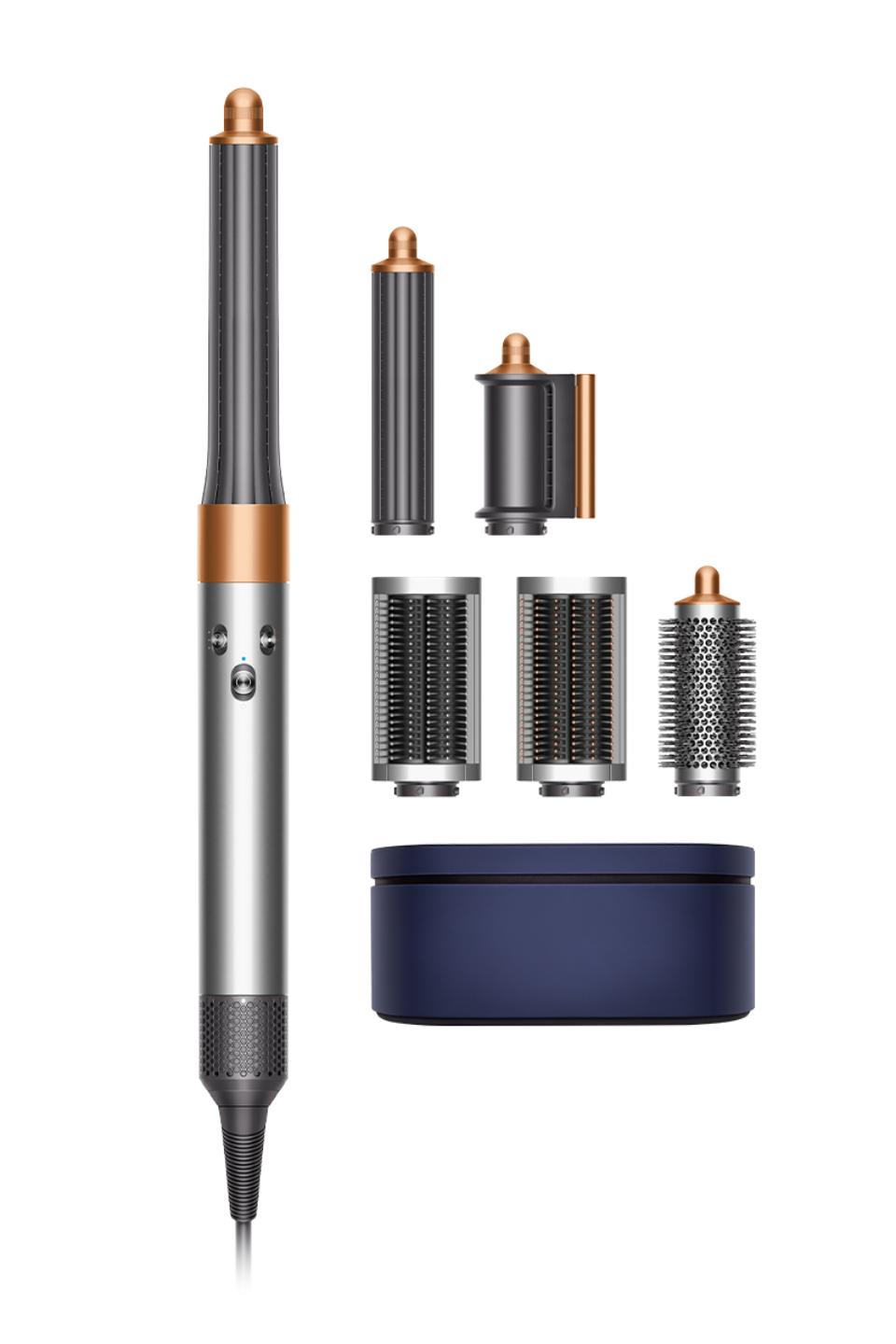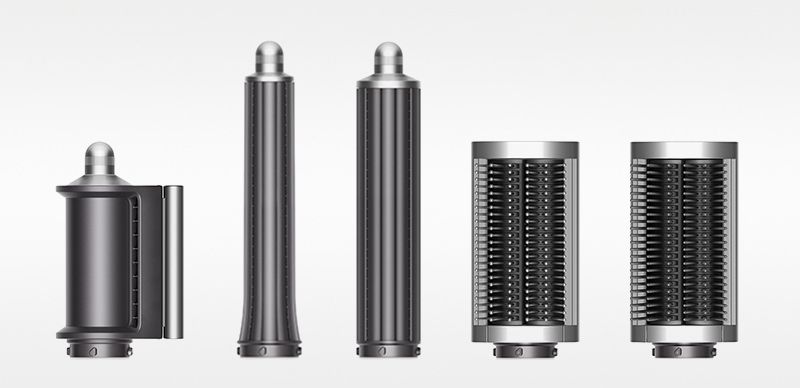Water Drench Hyaluronic Liquid Gel Cloud Serum – Super Size
96% agreed their skin felt more hydrated. 96% agreed their skin appeared to have a youthful look. 96% agreed this product helped to smooth out the look of fine lines.
Drench your skin with a liquid cloud of lightweight moisture for a silky soft, matte finish. Clear liquid gel serum has a 75% complex of Hyaluronic Acid, a potent hydrator that draws in water. Helps plump the look of skin with moisture. Provides an invisible silk veil of hydration with Sodium PCA and Silk Proteins. Helps reduce the look of fine lines and rough texture to leave skin appearing smoother and more youthful. Fragrance-free.
In a 4-week consumer perception study on 25 women ranging in age from 35 to 65:
- 96% agreed their skin felt more hydrated
- 96% agreed their skin appeared to have a youthful look
- 96% agreed this product helped to smooth out the look of fine lines
Additional information
| Ingredients | – 75% Hyaluronic Acid Complex |
|---|












by Lisa
Anything from the water drainage line is a must have in your skin care routine
by Jasmine
Amazing!! I am obsessed with PTR products! They have helped my skin breath again and has given me so much confidence!
by Kathy
This is a light serum that glides on smoothly. I can’t decide if I like this product better or the Water Drench Moisturizer – both provide a softness and a little plump to my skin. I had an issue with the delivery and the customer service for Peter Thomas Roth was wonderful! They resolved my issue completely, I will definitely be purchasing more products from them!
by Woa
Super hydrating. Not heavy or greasy. Evens my skin tone and minimizes fine lines. Love this product!
by Angel
I use it day and night! I love it! It goes on smooth and absorbs nicely into my skin.
by Oksana
I love this product. I feel my skin more fuller and hydrated. My objective to have visible result for wrinkles, firmness, fullness.
by Carter
I love this product, so the fact there was a super size available, I had to get it. Ive been using this product for 8 or 9 years now when it used to be called viz1000. Love! I even use it with my professional airbrush system. it is just the best.